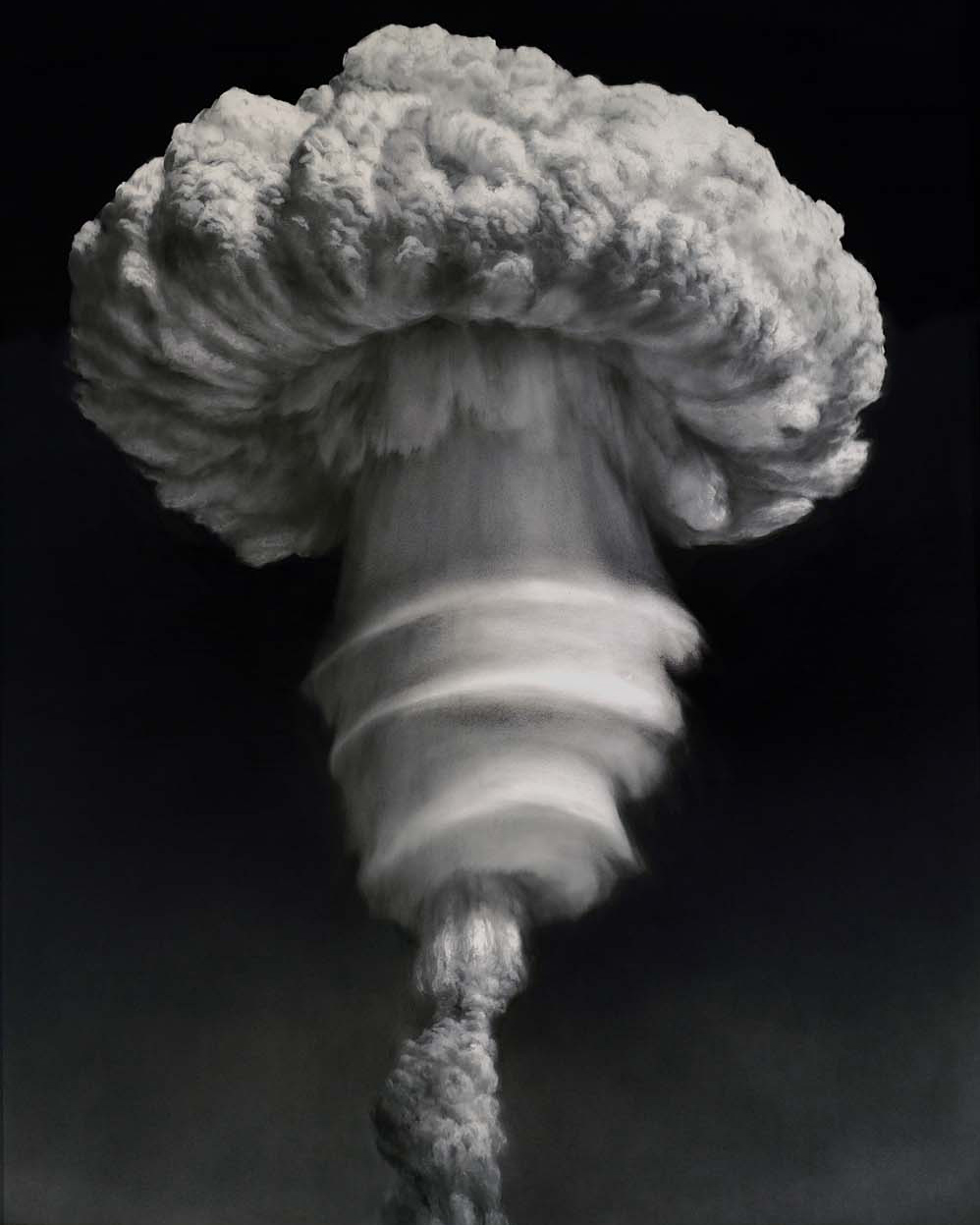Contemporary United States (1968-present)
Recently artists have struggled to make sense of a culture moving at an ever-faster pace. Thanks to the information age, American discourse seemingly happens at warp speed. The Internet and more than 200 channels of entertainment, all available twenty-four hours a day, have created a noisy universe marked by great diversity. Millions of viewpoints clamor for attention via media as high-tech as blogs and as old as radio. Communication technologies have also brought a greater awareness of the world at large, spawning a new age of globalism. These three forces - technology globalism, and diversity - have converged in the late twentieth century to create a busy intersection where meaning is not readily apparent. With technology's transformative power, the world had entered a new age of internationalism. World events loomed large in the American consciousness. The proliferation of nuclear weapons - not only within the United States and the Soviet Union, but also among an ever-large and more volatile group of nations - was dangerous as well as ruinously expensive.
The hope that the world's - and America's - problems would be solved with the dissolution of the Soviet Union proved to be an illusion. Americans believed that with more knowledge, unchallenged power, greater understanding, truthful dialogue, and better diplomacy, their nation could fulfill its promise as the shining city on the hill. But just as one set of problems was unknotted, another tangle presented itself. The first bombing at the World Trade Center in 1993 gave Americans a hint of new dangers, but their appreciation of the threat would be changed forever on September 11, 2001. Perhaps without conscious intent, American artists have absorbed and responded to the spirit of the era.







